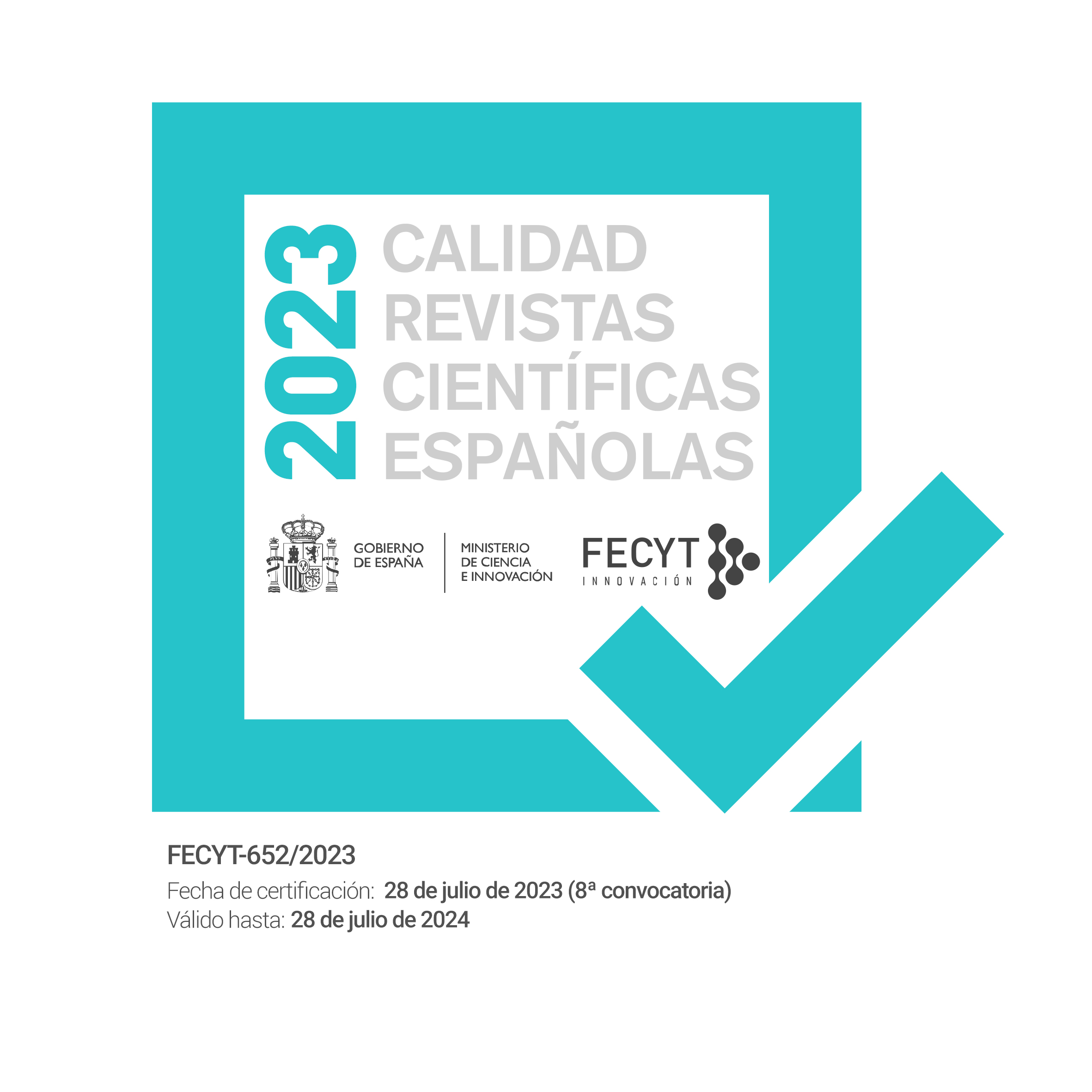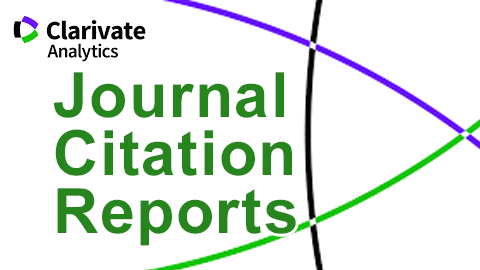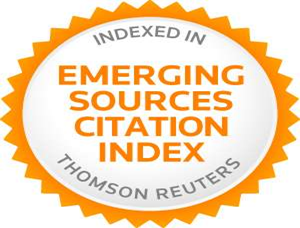Vocabulary selection and word repetitions in beginner L2 Spanish textbooks
Abstract
Abstract
This article examines vocabulary selection and treatment in four beginner Spanish textbooks from major publishers in the US, specifically in the chapters that focused on: 1) regular verbs; and 2) food vocabulary. The corresponding chapters from each book were analyzed using AntConc and AntWordProfiler in order to get information about: 1) the number of times each different word is repeated; and 2) how frequent these words are in Spanish. Results revealed that lexical frequency is not the guiding principle in textbook vocabulary selection and that even highly frequent and relevant words are generally repeated only once per chapter, which indicates a deficient approach to vocabulary learning and teaching in mainstream L2 Spanish textbooks. Nonetheless, differences arise between the two types of chapters and pedagogical proposals should take such differences into account when making general suggestions about what vocabulary should be introduced in the textbooks and how it needs to be treated.
Keywords: lexical frequency; vocabulary selection; vocabulary repetition; Spanish L2 textbooks; Spanish textbooks
Resumen
Este artículo examina la selección de vocabulario de cuatro libros de texto en español publicados por importantes editoriales en los Estados Unidos. El análisis se centra principalmente en los capítulos que presentan: 1) los verbos regulares; y 2) el vocabulario de la comida. Los capítulos correspondientes a los temas mencionados se analizaron en cada libro de texto usando AntConc y AntWordProfiler con el fin de obtener información sobre: 1) el número de repeticiones de cada palabra; y 2) la frecuencia de estas palabras. Los resultados revelan que la frecuencia léxica de las palabras no se toma en cuenta a la hora de seleccionar el vocabulario, ya que palabras de alta frecuencia se repiten una sola vez por capítulo. Esto muestra una deficiencia en el aprendizaje y enseñanza de vocabulario en los libros de texto de ELE. Sin embargo, hay diferencias notables entre los dos tipos de capítulos analizados, las cuales se deben tomar en cuenta al momento de decidir el tipo de vocabulario apropiado para cada capítulo.
Palabras clave: frecuencia léxica; selección de vocabulario; repetición del vocabulario; libros de texto de ELE
References
Allen, H. W. (2008). Textbooks, materials and foreign language teaching: Perspectives from the classroom. NECTFL Review, 62, 5-28. Retrieved from https://www.nectfl.org/wp-content/uploads/2016/06/review62.pdf#page=11
Davies, M. (2002-…). Corpus del español. Retrieved from https://www.corpusdelespanol.org/resources.asp
Davies, M. & Face, T. L. (2006). Vocabulary coverage in Spanish textbooks: How representative is it? In Selected proceedings of the 9th Hispanic Linguistics Symposium (pp. 132-143). Retrieved from
http://www.lingref.com/cpp/hls/9/paper1373.pdf
Godev, C. B. (2009). Word-frequency and vocabulary acquisition: an analysis of elementary Spanish college textbooks in the USA. Revista de Lingüística Teórica y Aplicada, 47(2), 51-68. doi: 10.4067/S0718-48832009000200004
Keck, C. (2012). Corpus linguistics in language teaching. In C. Chapelle (Ed.), The Encyclopedia of Applied Linguistics, Malden, MA: Blackwell.
Laufer, B. (1989). What percentage of text-lexis is essential for comprehension? In C. Lauren & M. Nordman (Eds.), Special language: From Humans Thinking to Thinking Machines (pp. 316-323). Clevedon: Multilingual Matters.
Laufer, B. & Ravenhorst-Kalovski, G. (2010). Lexical threshold revisited: Lexical coverage, learners’ vocabulary size and reading comprehension. Reading in a Foreign Language, 22, 15-30. Retrieved from
https://files.eric.ed.gov/fulltext/EJ887873.pdf
Martini, J. (2012). High frequency vocabulary in a secondary Quebec ESL textbook corpus. PhD dissertation, Concordia University. Retrieved from
https://spectrum.library.concordia.ca/974698/1/Martini_MA_F2012.pdf
Matsuoka, W. & Hirsh, D. (2010). Vocabulary learning through reading: Does an ELT course book provide good opportunities? Reading in a Foreign Language, 22(1), 56-70. Retrieved from
https://files.eric.ed.gov/fulltext/EJ887877.pdf
McGrath, I. (2013). Teaching Materials and the Roles of EFL/ESL Teachers. London: Bloomsbury.
McDonough, J., Shaw, C. & Masuhara, H. (2013). Materials and Methods in ELT. A Teacher's Guide. Oxford: Wiley-Blackwell.
Nation, I. (2006). How large a vocabulary is needed for reading and listening? Canadian Modern Language Review, 63(1), 59-82. doi: 10.3138/cmlr.63.1.59
Pellicer-Sánchez, A. & Schmitt, N. (2010). Incidental vocabulary acquisition from an authentic novel: Do" Things Fall Apart"? Reading in a Foreign Language, 22(1), 31-55. doi: 10.1017/S0272263115000224
Sánchez Gutiérrez, C., Pérez Serrano, M. & Robles García, P. (2019). The effects of word frequency and typographical enhancement on incidental vocabulary learning in reading. Journal of Spanish Language Teaching, 1-18. doi: 10.1080/23247797.2019.1590000
Sánchez-Gutiérrez, C. H., Marcos Miguel, N. & Olsen, M. (2019). An analysis of vocabulary coverage and lexical characteristics in L2 Spanish textbooks. In P. Ecke & S. Rott (Eds.), Understanding Vocabulary Learning and Teaching: Implications for Language Program Development. American Association of University Supervisors, Coordinators, and Directors of Language Programs (AAUSC) Volume 2018. Cengage, 78-98. Retrieved from https://scholarspace.manoa.hawaii.edu/bitstream/10125/69783/2018_05.pdf
Schmitt, N. & Schmitt, D. (2014). A reassessment of frequency and vocabulary size in L2 vocabulary teaching. Language Teaching, 47(4), 484-503. doi:10.1017/S0261444812000018
Webb, S. (2007). The effects of repetition on vocabulary knowledge. Applied linguistics, 28(1), 46-65. doi: 10.1093/applin/aml048
Downloads
Published
Issue
Section
License
Attribution - Non-commercial (CC BY-NC). Under this license the user can copy, distribute and publicly display the work and can create derivative works as long as these new creations acknowledge the authorship of the original work and are not used commercially.
Authors retain the copyright and full publishing rights without restrictions.









